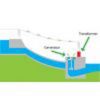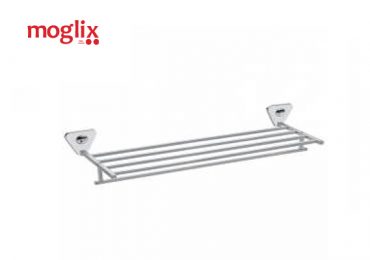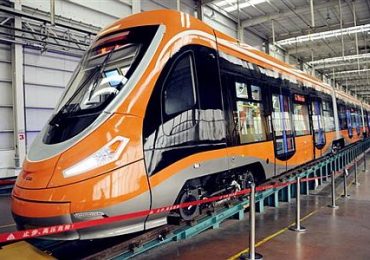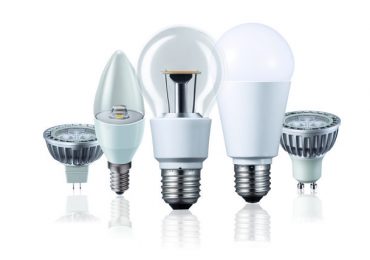Alternative and renewable energy is a topic of much debate in all sectors of the world. While many people are concerned with how to provide power at home, the debate for how to provide more alternative energy in the workplace is often just as important. Here are five alternative energy solutions that can green up any workplace.
1. Conservation and Efficiency
While it might not sound like the sci-fi future so much alternative energy resembles, conservation and energy efficiency are actually some of the best solutions for the average workplace. Leaving the heat turned down a few extra degrees, insulating the walls, plugging leaks, and using more efficient computers, lights, office equipment, etc. can have a big impact in the workplace.
2. Solar Power
For offices that have big windows, it’s possible to use personal solar power for one’s devices. While phone chargers and calculators are really some of the only options for individual use, large solar panels or solar windows (which allow individuals to see through them but still absorb light to convert it to electricity) are options that more and more buildings are taking advantage of. While these won’t often cover the entire electrical bill, these options do allow for work to get done even during blackouts.
3. Vehicle-to-Building Energy
This trend hasn’t become a workplace standard yet, but it is becoming popular in Japan. Many businesses purchase electric cars like the Nissan Leaf, and then use those vehicles’ batteries to power the building during peak hours. Then the cars are charged during off-peak hours, and the business saves money while putting less of a strain on the electrical grid. Also it ensures that transportation and electricity will be available in the event of a crisis like a black out where power plants aren’t producing.
4. Wind Energy
While not as popular as solar power for the workplace, there are some buildings that are experimenting with wind power. Buildings near costs, or which are in areas of near constant wind (such as the roof areas of very tall buildings), are often fitted with smaller or mid-sized wind mills which turn the mechanical energy of wind into electrical power. These small mills can provide a trickle of power, but rarely are they enough on their own to power an entire building. That’s why they’re so often paired with solar panels, or other means of producing green energy for workplaces.
5. Other Sources
There are dozens of other alternative energy solutions, and more seem to be cropping up every single day. Biomass energy is popular in a number of areas, but it appeals more to farmers and those who live in areas with plenty of fuel such as natural debris. Geothermal power is popular in many areas as well, though it is not typically used for businesses due to the expense it takes to harness. Tidal energy is also becoming more and more popular, but most businesses are not built on the coast or near sources of water strong enough for hydrothermal power. However, the sheer variety of options businesses have makes alternative energy a field to keep one’s eye on.
About the Author :
Today’s post was written by Thomas Jay, article writer at BobHeinmillerSolar.com in Orlando, Florida. Thomas is an avid blogger who enjoys spending his spare time with his family.







